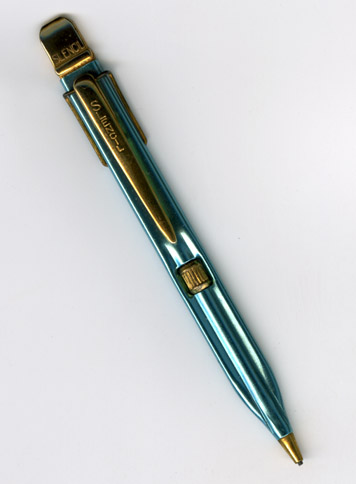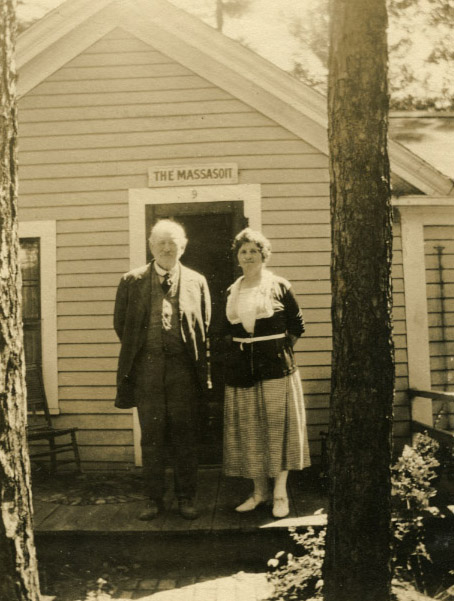Carl C. Harris Papers

An inventor, entrepreneur, and corporate executive, Carl C. Harris was the third of four generations of his family to help manage the Rodney Hunt Company, a major manufacturer of waterwheels, turbines, and textile machinery based in Orange, Mass. While still in high school in 1898, Harris already displayed a sharp business and technical eye, establishing the first telephone company in Orange, and he began his career after graduation from Worcester Polytechnical Institute, working as a draftsman for GE and then as a superintendent at Rodney Hunt. After a brief stint at the Simplex Time Recorder Company in Gardner, Harris returned to Rodney Hunt for good in 1912. After acquiring a controlling interest in 1917, he remained with the company in several capacities through the Depression and Second World War, serving as general manager, vice president, and treasurer, and from 1938-1947, as president. Throughout his career, Harris remained active in developing or improving a variety of new products and processes, registering a total of 99 patents, and he regularly used his offices at Rodney Hunt to launch other, smaller enterprises, including the Slencil Company,which manufactured mechanical pencils; Riveto, which produced toys and a paper fastening device; and Speed-Mo, a manufacturer of a moistening pad system. Harris retired in 1956 and died four years later in Orange at the age of 79.
The Harris Papers are centered closely on the entrepreneurial activity of Carl C. Harris, and include a particularly thick set of business records for the Slencil Company (ca.1935-1960) and the Riveto Company (1930s-1940s), and the slender record book of the Home Telephone Company. In addition to these, the collection includes many dozen slencils, including prototypes, speciality models, presentation sets, store displays, and marketing designs; examples of Riveto toys, Simplex inventions, flotation devices, and other oddities invented by Harris, along with the associated patents.







 See the exhibit
See the exhibit 
